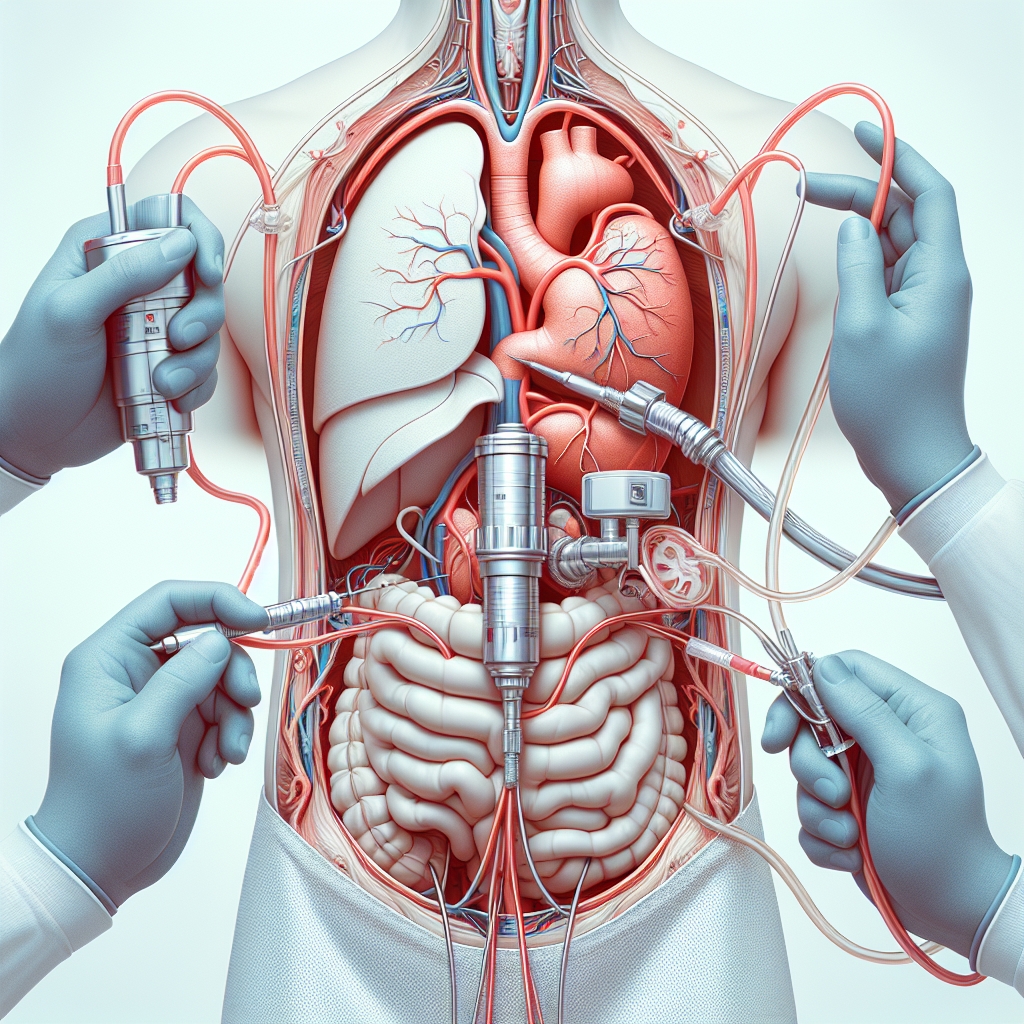Gadolinium is a rare earth metal used in various industrial applications, including as a contrast agent in magnetic resonance imaging (MRI). While it is valuable in the medical field for enhancing the clarity of MRI images, there have been concerns about its retention in the body and potential health risks. This article explores the nature of gadolinium, its uses, and how it can be removed from the body if necessary. Understanding the mechanisms of gadolinium retention and the methods for its removal can help individuals who have been exposed to the element manage their health more effectively.
Understanding Gadolinium and Its Uses
Gadolinium is a chemical element with the symbol Gd and atomic number 64. It is a silvery-white, malleable, and ductile rare earth metal that is found in various minerals, including monazite and bastnasite. Gadolinium possesses unique magnetic properties, making it extremely useful in various technological and medical applications. One of its most significant uses is as a contrast agent in MRI scans. Gadolinium-based contrast agents (GBCAs) are injected into the body to improve the clarity and detail of MRI images, allowing for more accurate diagnoses.
Despite its benefits, the use of gadolinium has raised health concerns. In some individuals, gadolinium can be retained in the body, particularly in the brain, bones, and skin. This retention has been linked to a condition known as gadolinium deposition disease (GDD), which can cause a range of symptoms, including pain, cognitive impairment, and skin thickening. As a result, there is growing interest in understanding how gadolinium can be removed from the body to mitigate these risks.
How Gadolinium Enters and Affects the Body
Gadolinium enters the body primarily through GBCAs during MRI procedures. Normally, the body eliminates gadolinium through the kidneys, with most of it being excreted within a few days after the MRI scan. However, in individuals with impaired kidney function, gadolinium elimination can be significantly reduced, leading to its accumulation and retention in the body. Even in people with normal kidney function, small amounts of gadolinium may remain in the body for years after exposure.
The health effects of gadolinium retention are not fully understood, but research suggests that it can trigger an immune system response, leading to inflammation and the symptoms associated with GDD. The risk of developing GDD and other gadolinium-related health issues appears to increase with the number of gadolinium-enhanced MRI scans a person undergoes. Therefore, it is crucial for individuals who have been exposed to gadolinium, especially those with multiple exposures, to be aware of the methods for reducing gadolinium levels in their bodies.
Methods for Removing Gadolinium from the Body
Currently, there is no universally accepted treatment for removing gadolinium from the body. However, several approaches have been suggested and are under investigation. These include:
- Chelation Therapy: Chelation therapy involves the use of chelating agents, which are compounds that can bind to metals in the body, forming a complex that can be excreted. DTPA (diethylenetriamine pentaacetic acid) is one chelating agent that has shown promise in removing gadolinium. However, chelation therapy must be administered under medical supervision, as it can also remove essential minerals from the body.
- Enhancing Kidney Function: Since gadolinium is primarily excreted through the kidneys, measures that support kidney health and function may help in eliminating gadolinium. Staying hydrated, maintaining a healthy diet, and managing underlying health conditions that affect the kidneys can be beneficial.
- Natural Detoxification: Some believe that certain foods, supplements, and practices can support the body’s natural detoxification processes. For example, foods rich in antioxidants, such as fruits and vegetables, may help protect the body from the oxidative stress associated with heavy metal exposure. Similarly, maintaining a healthy lifestyle that includes regular exercise and adequate sleep may support overall detoxification.
It is important to note that the effectiveness of these methods can vary from person to person, and more research is needed to determine the best approaches for gadolinium removal. Individuals concerned about gadolinium exposure should consult with a healthcare professional to discuss their options and develop a personalized plan for managing their health.
In conclusion, while gadolinium plays a valuable role in medical imaging, its potential for retention and associated health risks have raised concerns. Understanding how gadolinium enters and affects the body is crucial for those exposed to it. Although there is no definitive method for removing gadolinium from the body, a combination of medical treatments, lifestyle changes, and supportive therapies may help reduce its levels and mitigate any adverse effects. As research continues, it is hoped that more effective solutions for managing gadolinium exposure will be developed.

